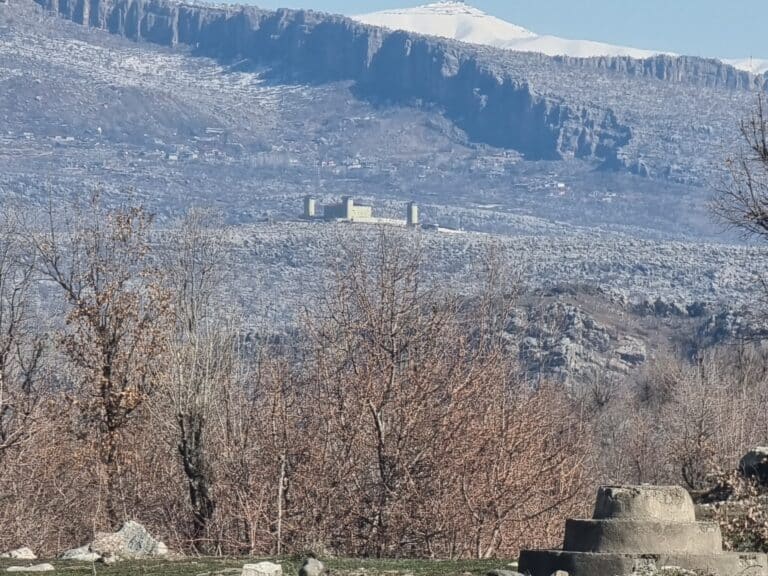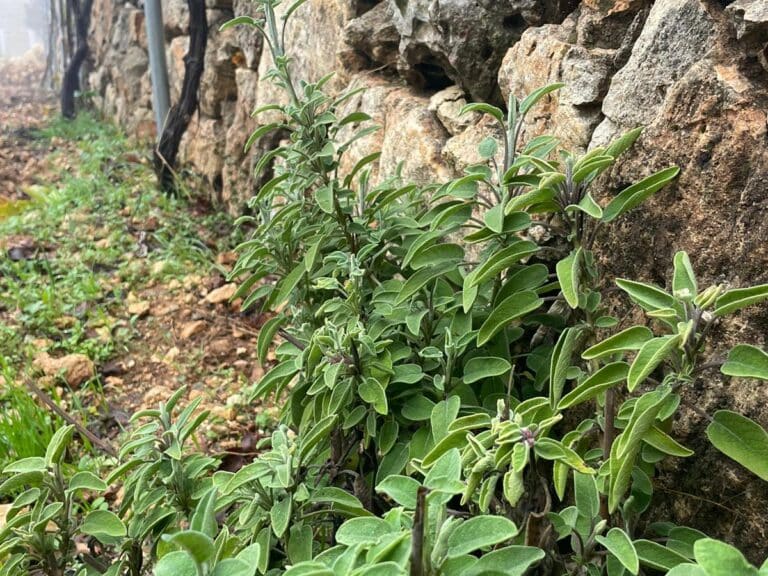As a society, we celebrate milestones. Birthdays, anniversaries and graduations result in a party with our family and friends, or a nice meal with the persons we love. We give gifts to honour the person who is celebrating this special occasion. Overall it is usually a joyous moment.
On the other hand, some milestones don’t feel as joyous. These are moments that, as a society, we prefer to call commemorations rather than celebrations—usually tragic events such as an accident, death or worse.
This year Christian Peacemaker Teams is 35 years old. CPT was birthed in 1986 when a group of people from the historic peace churches gathered in Chicago, Illinois, USA to discuss ways to respond to deadly violence of war and colonialist economic policies that killed millions throughout the world as a result of the Cold War. At a Mennonite World Conference, Ronald Sider challenged the church to be as dedicated to peace through nonviolence as soldiers are to war, willing to die by the thousands.
Sider’s challenge resulted in a few people coming together to train corps members. These members would then establish project sites throughout the world. First in Haiti, then in Palestine, Iraq, Bosnia, Chechnya, with First Nations peoples across Turtle Island, and Mexico. Sider’s vision focused on challenging privileged global north Anabaptists to leave their spaces of comfort and dismantle the militaristic economic system from which they benefited.
This was a significant challenge, as was the response. CPT trained and sent people willing to risk entering places of lethal violence to stand with people who were nonviolently resisting. CPT would apply political pressure on government officials and raise public support to create a barrier between the violent actors and communities at risk. Sometimes the CPTers themselves would be barriers between armed men and the people they accompany.
At times CPT’s partners would attribute their successful resistance to CPT’s presence. When asked what these foreigners did there, one man in Haiti responded, “They were lazy. They didn’t build anything; they didn’t bring any projects. But if they hadn’t been here, they [the Haitian army] would have killed us all.” He credited CPT’s presence in the city of Jeremy in 1993-1994 under the military dictatorship of Raul Cedras for preventing mass murder and disappearances of people who resisted the military dictatorship and longed to see the return of President Jean Bertrand Aristid.
CPT did play a role; there is no doubt. Haitian army officials were careful around CPT’s presence, and people’s lives were likely saved as a result. We must acknowledge that what brought an end to the three-year military coup was the grassroots movement that elected Aristid in the first place. Still, for many Haitians and our support networks back home, CPT was an important catalyst. Therefore, CPT built its framework for the first decade around the idea that we needed to be foreigners to be effective.
In 2001, at the invitation of the Colombian Mennonite Church-IMCOL, CPT established a project in Barrancabermeja, Colombia. Several communities were caught in the violence between the army, paramilitary death squads, guerrilla groups and powerful economic and political forces that wanted to remove them from the land to exploit the natural resources. Human rights organizations were also under threat for daring to denounce violations publicly and taking violators to international court. Anyone daring to resist these powerful forces faced imminent death. Colombia is known to be one of the deadliest places on earth for those who resist. Over the past 20 years, CPT has placed several dozen people in Barrancabermeja for international accompaniment work.
When CPT first came, the Colombian Mennonite Church (IMCOL for its acronym in Spanish), CPT´s inviting body to Colombia, asked, “How can Colombians join CPT and participate in the work?” That’s unheard of, we thought, to have Colombians accompany Colombians? Why would the violent actors respect the presence of CPT if the CPTers were Colombian? This would never work. Yet a year after CPT arrived in Colombia, the first delegation to visit the project was a group of 12 Colombians. Then, a change in government in 2002 led to stiff visa restrictions for foreigners joining the team. CPT appealed to the Colombian delegates so that we could fulfill our commitments of accompanying our partners. Three of them joined the team, and CPT Colombia was able to continue its presence.
Having Colombians as part of this international accompaniment team was met with skepticism on several fronts. Some of our partners felt unsafe; they were not sure that Colombian accompaniment would have the same dissuasive power with armed groups as they felt foreigners had. Other international accompaniment groups questioned if we were putting all international accompaniment theory at risk. Armed actors may no longer see us as a valid force that challenged their power.
But in the end, there is no difference when a Colombian heeds the same challenge as the foreigners who came to Colombia. Our message to violent actors was to respect life and to remind them that civilians did not want to participate in the war they fought with their enemies.
Twenty years is a significant milestone for an organization. But we don’t want to celebrate the fact that a situation remains so violent that people need allies to stand with them to increase their chance of staying alive. Over the 20 years in Colombia, CPT has faced times of danger along with our partners. Twice we were caught in gun battles between paramilitary and guerrilla groups. Armed groups assassinated several of the community members despite our presence in the communities. We retrieved dead bodies from the Opon river.
But one thing that CPT must celebrate in these 20 years in Colombia is that CPT has changed in significant ways for the better. CPT’s mission changed from ‘Getting in the Way’ to ‘Building partnerships to transform violence and oppression’. Today CPT’s Program Director is Milena Rincon, one of the first three Colombians to join the team in 2002. All of CPT’s programs have nationals as part of the programs. In fact, having local team members made it possible for CPT to be present on the ground when COVID-19 travel restrictions prohibited foreign team members from returning.
Twenty years has given us space and the time to develop long-lasting relationships with our partners, enriching how we do our work. So as CPT turns 35 and CPT Colombia turns 20, we commemorate that our partners continue to face violence and need allies to stand with them in their struggles. And we celebrate that 20 years ago, our Colombian partners decided to push the envelope and change how we do and understand our work. We are grateful for this grace on our journey of right relationship and solidarity.




